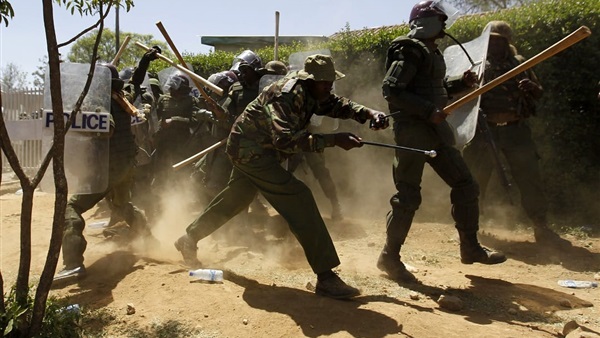Battle for power and wealth fuels Kenya’s Kapedo conflict

Government and local leaders should prioritise boundary demarcation and security to resolve the deadly border dispute.
The killing of a senior police officer in Kenya’s Kapedo area on 17 January is just the latest attack in a longstanding brutal conflict. Those responsible control the disputed Kapedo area that borders Baringo and Turkana counties.
This year alone, unrest in the area has claimed the lives of over 10 civilians and three police officers, and many have been injured, local authorities say.
But the battle has been raging for much longer. The massacre of 21 police officers in 2014 led President Uhuru Kenyatta to visit the area, demanding that the killers and the guns they stole from the dead officers be handed over. To date, nobody has been held responsible or prosecuted for the murders, making Kapedo a safe haven for criminals.
In
the 17 January attack, the officer’s vehicle was ambushed barely 10 km from the
Kapedo trading centre. He was heading back to Nairobi after leading an
operation to flush out bandits in the troubled region. Two other officers were
injured in the incident.
Cabinet Secretary for the Ministry of Interior Dr Fred Matiang’i said the attack took place with the knowledge of some elders who had shortly before overseen a ritualised oath-taking ceremony. He told the media the bandits were part of the ceremony.
The
antagonism between the two communities stems from who owns Kapedo – Turkana or
Baringo. Turkana County’s local leaders say the rich pasture land and discovery
of geothermal energy are the root of the troubles. They say the Turkana and
Pokot communities are fighting over Kapedo’s resources and for political
control of the area.





